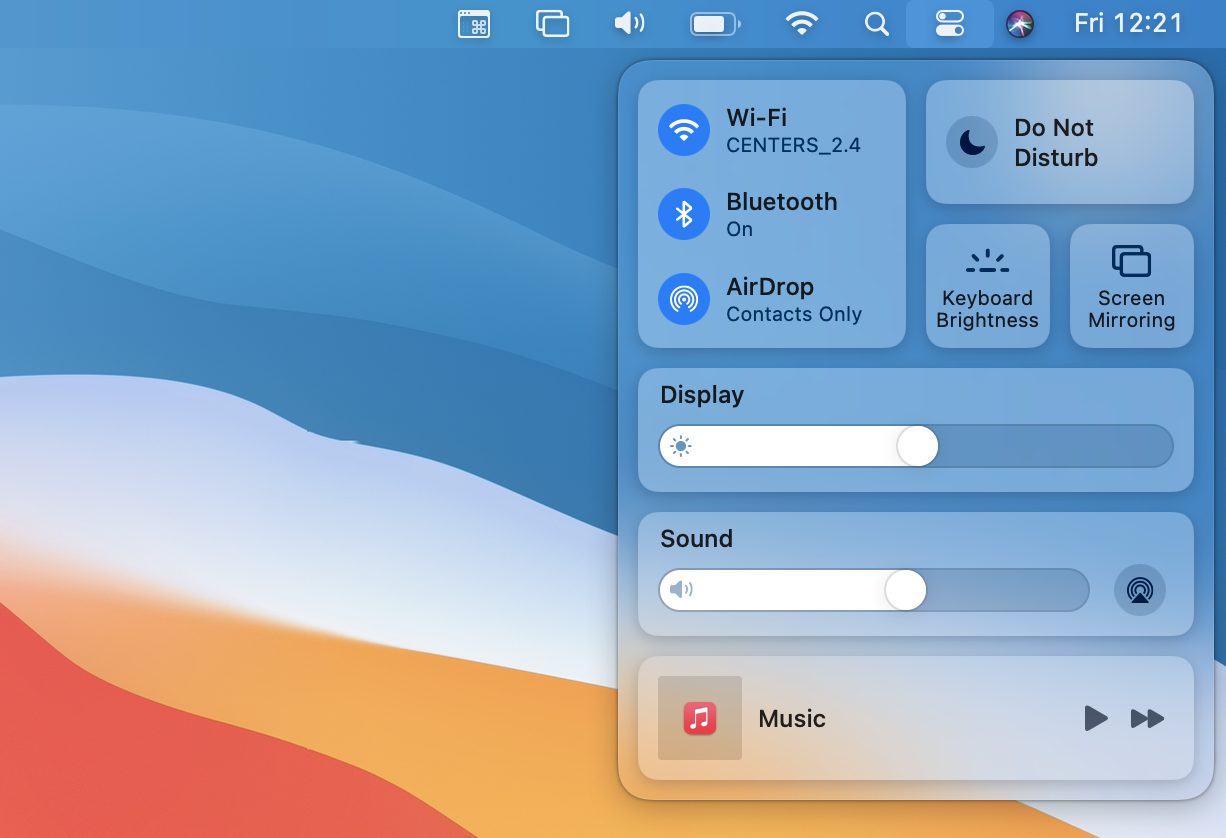Simon Still Says | A Sound Game Mac OS
This wikiHow teaches you how to enable an internal or external microphone on your Mac. Connect an external microphone. If you'd like to use an external microphone, connect it to your Mac via a USB port, an audio line-in port, or Bluetooth. Simon Still Says is a tribute to the famous game Simon (a.k.a. “Simon Says”) and it works in the same way, but with a tiny difference: instead of memorize a color sequence, you should memorize scared sounds – you should memorize, exactly, the position that the. Simon Still says: 14 August 2020 at 14:18 This is a great tool.BUT. it has a tendency to produce some VERY distorted scales. Eg looking at BAME populations for. In fact, Simon still 'says' a lot today. Simon says, 'Pretend you're not a sinner.' It was too bad that this woman had fallen into sin, but it was even worse that Simon was living in sin and did not know it.
The 1.3 build was released to be submitted for the game jam Fluffy Horror Jam.
Relase notes
1.3
- Option to speed up the audio sequence when you're listening to it
- Removed some 'not so spooky' audios
1.1 + 1.2
Simon Still Says A Sound Game Mac Os X
- Implemented 'Light Mode' (Recommended if the player is not using earphones. Simon's buttons will light up as the sequences are presented)
- Implemented options menu to enable Light Mode and change the game language
- Audio clips longer than 2 seconds were reduced to this limit
- Reduced waiting time between levels
- Minor fixes
Mixing and Mastering

Mixing and mastering for Asian music giants – such as Faye Wong (王菲) and Eason Chan (陳奕迅) – is a no-brainer for Simon Li. His recent Golden Melody Award (GMA) for mixing A-Lin’s (黃麗玲) song “I remember” “我都記得” gives further testimony to his insights and industry achievements.
Simon’s work-strategy remains the same regardless of the level of celebrity … “I always approach projects the same way … that is, communicate with the clients, and get the picture and the vision inside their heads,” states Simon. He believes that understanding the lyrics, the meaning of the songs, and the message it carries, are the crucial elements for “shaping the sound and deliver a result that matches the vision of the clients.”
Simon has been in the industry since 1997 when upon his return to Hong Kong from North America, he commenced work as an assistant engineer at the legendary Avon Recording Studios. “Back in those days everything was done on analog consoles, such as SSL or Neve, with either analog 24 tracks or a Sony 3348 DASH machine,” remembers Simon and adds “No visual aid from a computer screen. No undo button. The things I picked up during my time in Avon have been absolutely invaluable.”
Simon Li, who has worked his way up from an assistant to recording engineer, and then mixing/mastering engineer, is well-aware of all the processes. Now, engaged mainly with mixing and mastering, Simon identifies recording is the most important element of the three. “Every project needs a good start and a solid foundation. If the recording is not up to standard or doesn’t sound like what the clients envisioned, everything that we do afterwards would be just ‘fixing the mistake’,” says Simon.
According to him, the most creative and challenging job is mixing. “It requires skills, experience, creativity, imagination, willingness to try new ideas, and a total understanding of what the clients want,” says Simon and continues “With every individual track and every element of the music available, the mixing engineer has total control in shaping how the music will sound.” On the other hand, Simon also firmly believes that “mastering is simply a process of putting a final touch and preparing the music in various formats for delivery in the modern days’ music market.” However, he says that the end product is a team achievement that “requires everyone’s hard work and dedication.”
Simon shares that his first mastering job came because the clients were not satisfied with the mastering on the first project that he has mixed. With the second project, they asked him if he could do the mastering as well. Although it was, and still is, unusual that an engineer would do all recording, mixing and mastering on the same project he agreed to try. “The clients and I were absolutely thrilled with the result of the second project at the end,” admits Simon and continues: “Since then, I have been doing both mixing and mastering for close to 20 years now.” According to Simon mixing helps him become a better mastering engineer while mastering helps him become a better mixing engineer. “I know traditionally people think that mastering should be done with someone with a fresh set of ears. However, I believe that there are many ways to do things and there are no rules in making music,” says Simon. His experience has proved that having someone else stepping in to put a finishing touch don’t necessarily work. “I truly believe that communication with the producer and the artist and have a total understanding of what they want is the most important part of the job. Understanding the language, the lyrics and the words are essential. In my opinion, shaping the sound to match the meaning, the message and the vision of the music is the ultimate goal,” shares Simon.
Simon’s mixing-setup in his nOiz studio in Hong Kong is based on a Pro Tools HDX2 system with a 16-channel Burl Audio B80 Mothership AD/DA hardwired to various analog outboards, such as Neve, SSL, Pultec, Magic Death Eye. “For tone and sound shaping, I always prefer analog outboards. For effects, I go to vintage effect units, guitar pedals or plugins,” shares Simon. This mixing setup is then routed to his mastering gear consisting of Dangerous Master and Liaison as the central hub, with EQs and compressors such as Sontec, Knif, GML. In addition to his Burl Audio AD/DA, Simon uses Prism Sound, Forssell Technologies, Crane Song, dCS and Pacific Microsonics. “I like to have options available for different genres of music I work on”, states Simon and adds “Every song or project requires something unique, something different. Having different tools or a different combination of tools in the signal chain allow me to pick the best possible way to shape the sound.”
In spite of his rather breathtaking collection of high-end gear, Simon still says ”Buying Amphion studio monitors is one of my best gear purchase in my 21 years of an audio engineering career.”
The first thing that impressed him was the sonic detail with the solid soundstage Amphion Two18 were providing. “Every tiny little move I did on the EQ, the compressor or volume/pan automation could be heard on the Two18. I was absolutely stunned by what I heard,” Simon recalls. He feels that this ‘detail’, the phase accuracy, the transient response, the depth, and the stereo image are what really sets Amphion apart from the crowd. “I have used or listened to many different speaker systems over the years. Two18 with BaseOne25 is without a doubt the one that gives me the most enjoyable experience,” he shares.

Simon notes that his workflow is far smoother now. “No guesswork because it reveals every little detail on the tracks and I have total confidence in decision making. The natural balance tone, the phase accuracy, the superb frequency response allow me to work in long hours without ear fatigue. Decision making is so easy and quick. The results I got, translate to the real world in total accuracy.”
Simon uses Two18 studio monitors with a BaseOne25 system, but in addition, he also has the smaller One12 and One15 studio monitors, all powered with Amphion amps. According to Simon, many of his clients have replaced their speaker system with Amphion studio monitors, though mainly using the ‘One’ models. “Having smaller Amphion speakers in my room is very useful. My clients can switch between the full range Two18 with BaseOne25 to the smaller ones that they own and use in their studios,” Simon explains the great variety of Amphion models he has.
For Simon Li, the room acoustics and the quality of monitoring are of utmost importance. “I need a monitoring system that can reveal the sound in total accuracy. I need it to tell me the truth, the whole truth and nothing but the truth,” shares Simon and concludes “I have been using Amphion studio monitors for a few years now. I just LOVE working on them!”
Simon Still Says A Sound Game Mac Os 11
Learn more about:
One12 studio monitors >>>
One15 studio monitors >>>
Two18 studio monitors >>>
BaseOne25 system >>>